
-
About
-
Product
-
Solution
-
Support
-
News
-
Join
 PubDate:2023-12-29
PubDate:2023-12-29
 ViewNum:138
ViewNum:138
This morning, Shandong, Jiangsu and other places have foggy weather. At 6 am on December 29, the National Meteorological Center issued the first red alert for fog, the highest level, this year.
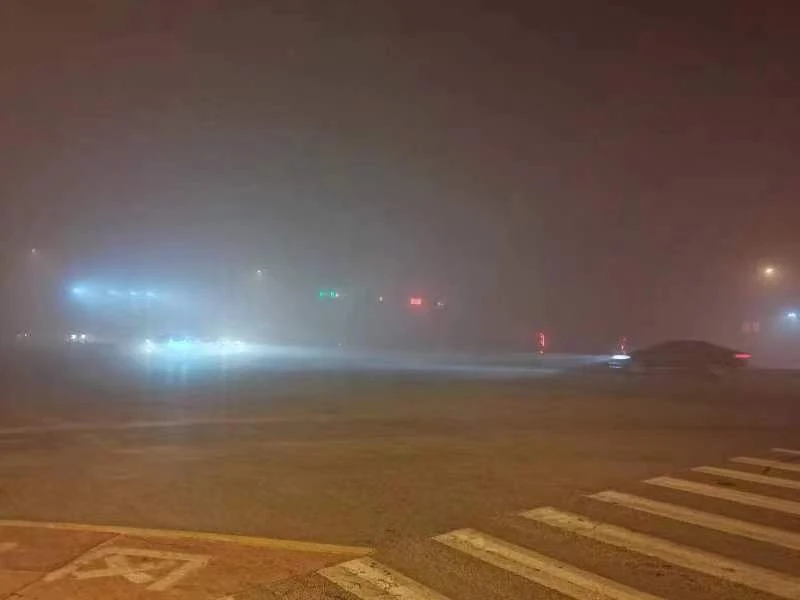
Affected by high humidity and continued adverse atmospheric diffusion conditions, it is expected that from the morning of December 29 to the morning, southeastern Hebei, most of Shandong, eastern Henan, central and northern Anhui, Jiangsu, Shanghai, northern Zhejiang, western Chongqing and other parts of the fog, among which, The southeast of Hebei, the middle and west of Shandong, the north of Anhui, the north and east of Jiangsu, the south of Shanghai and other places have a visibility of less than 200 meters of strong fog, the southeast of Hebei, the middle and west of Shandong, the north and southeast of Jiangsu, the north of Anhui and other places have a visibility of less than 50 meters of extremely strong fog.
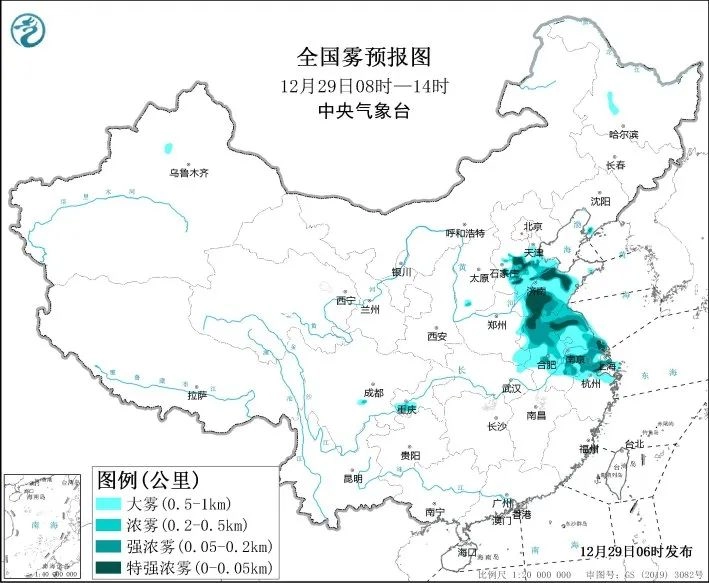
Fog Prevention Guide
1. Relevant units shall take timely traffic safety control measures in accordance with industry regulations, such as suspension of airport takeoff and landing, temporary closure of highways, temporary suspension of ferries, etc.
2. Drivers shall take foggy preventive measures according to fog driving regulations, take reasonable driving methods according to environmental conditions, and find safe parking areas as soon as possible.
3. The continuous low visibility weather caused by adverse atmospheric diffusion conditions affects health and residents need appropriate protection.
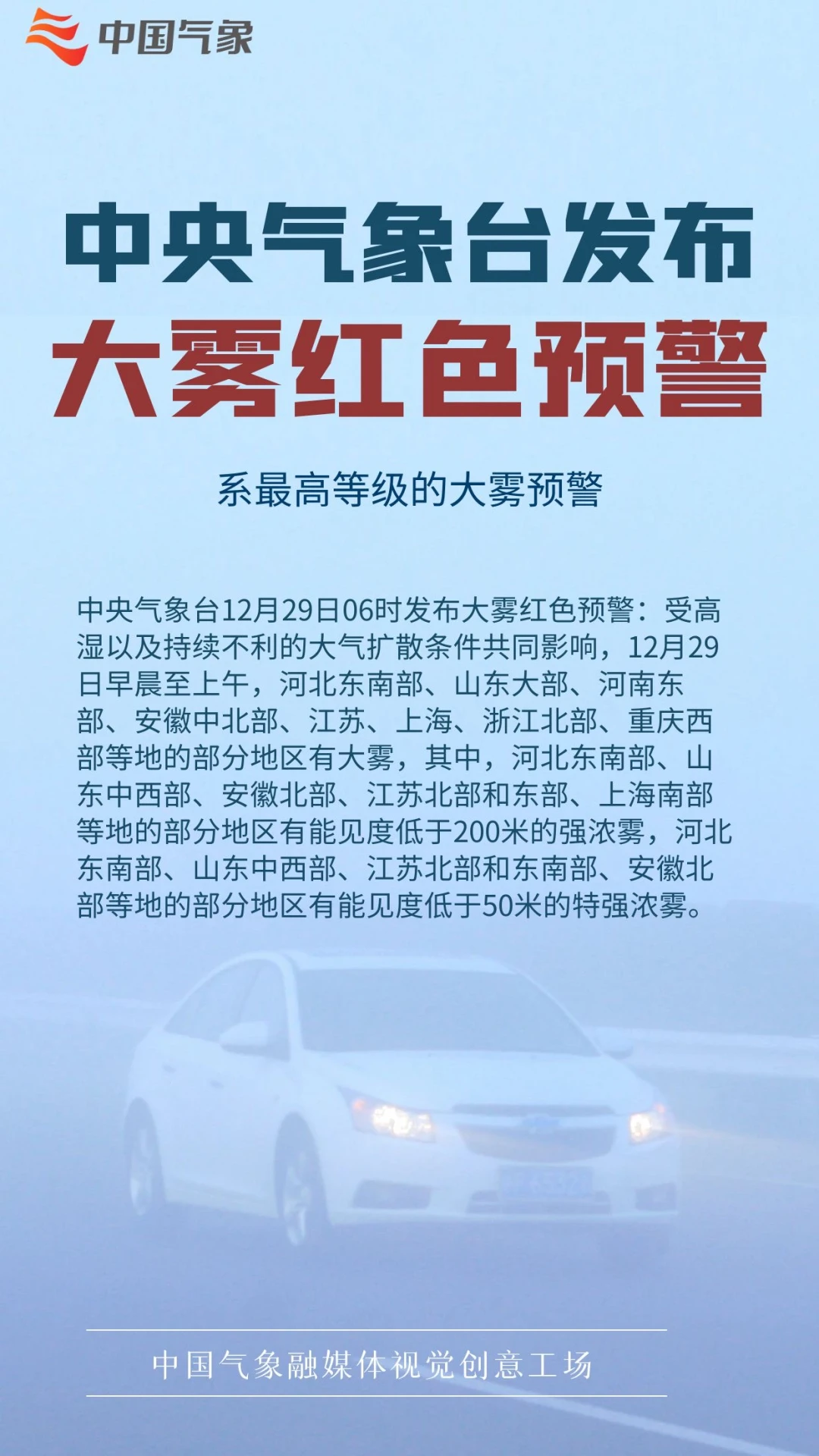
What is the warning level of fog?
It is reported that the Central Meteorological Observatory added a red alert for fog in 2014.
According to the meteorological industry standard "Fog warning level" revised in 2014, the fog warning issued by the meteorological station under The State Council meteorological authority is divided into three levels, respectively, yellow, orange, red (fog red warning is the highest level oh). Before 2013, there were only blue and yellow fog warnings. With the social and economic development, the public's demand and standards for visibility forecasting are also increasing, and the classification of warning levels needs to be more detailed
As far as the Central Meteorological Observatory is concerned, the fog warning needs to follow the following criteria:
1
Criteria for issuing red alert for fog
It is expected that in the next 24 hours, some parts of 3 or more provinces (autonomous regions and municipalities directly under the Central Government) may have strong fog with visibility of less than 200 meters, and patches of fog (covering 5 or more adjacent national basic weather stations or national benchmark climate stations) with visibility of less than 50 meters; Or has emerged and may persist.
2
Fog orange alert issuing standards
It is expected that within 24 hours, 3 or more provinces (autonomous regions and municipalities) may have visibility of less than 500 meters of fog, and there are patches (covering 5 or more adjacent national basic weather stations or national benchmark climate stations) visibility of less than 50 meters of fog; Or has emerged and may persist.
3
Issuing standard of yellow warning for fog
It is expected that within 24 hours, 3 or more provinces (autonomous regions and municipalities) may have visibility of less than 1000 meters of fog, and there are patches (covering 5 or more adjacent national basic weather stations or national benchmark climate stations) visibility of less than 200 meters of fog; Or has emerged and may persist.
The fog warning levels and issuing standards issued by the meteorological offices and stations of the competent meteorological departments of provinces (autonomous regions and municipalities directly under the Central Government) shall follow the early warning issuing regulations of the provinces (autonomous regions and municipalities directly under the Central Government).
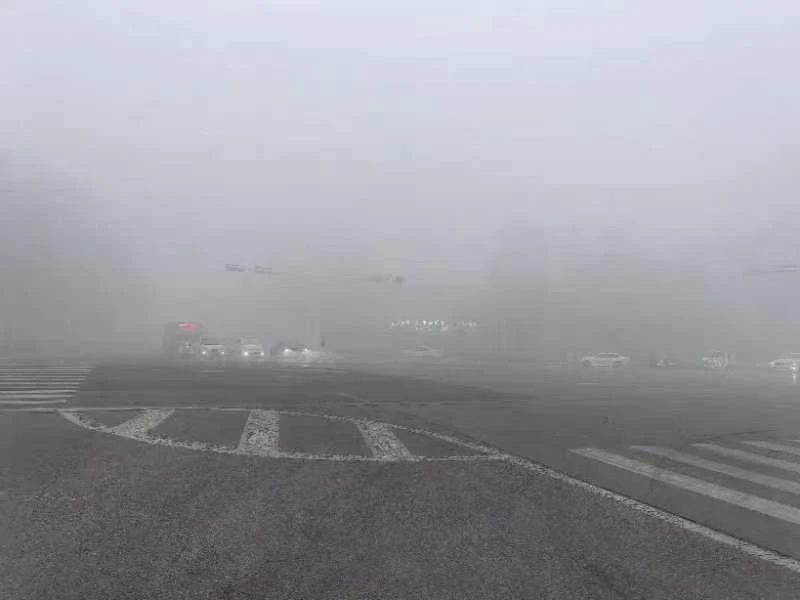
What are the levels of fog?
How is fog formed?
How should we defend ourselves?
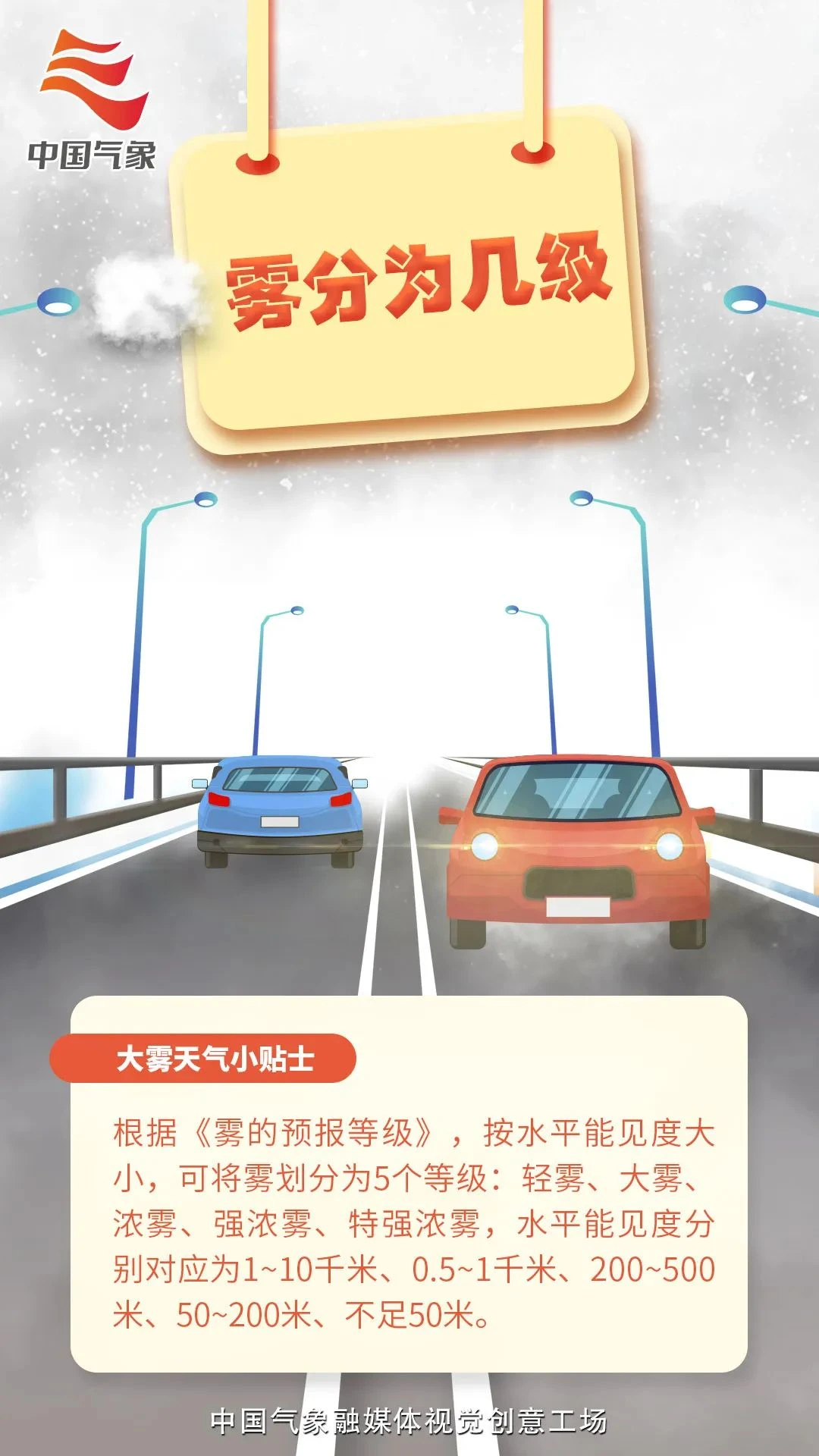
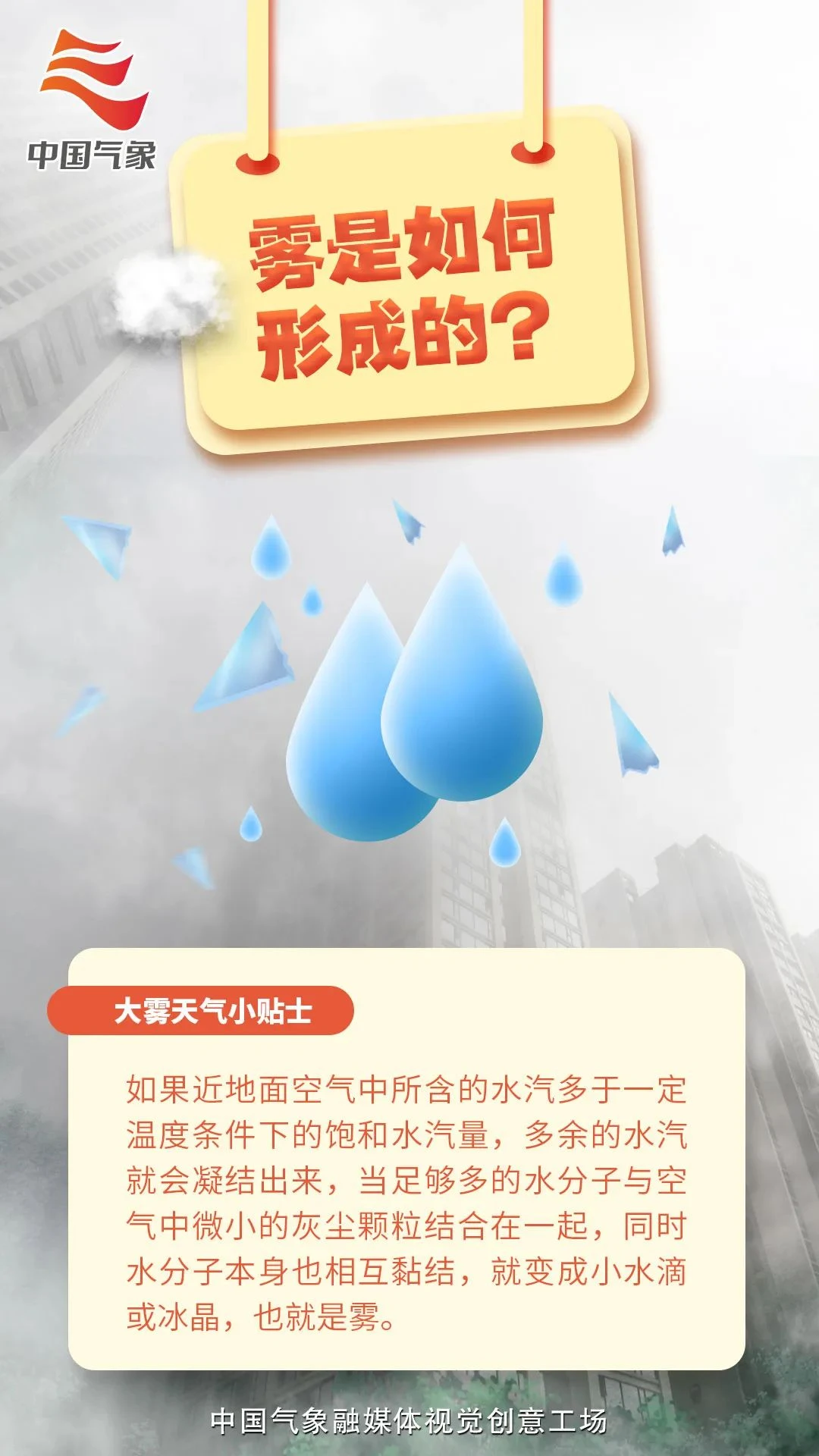
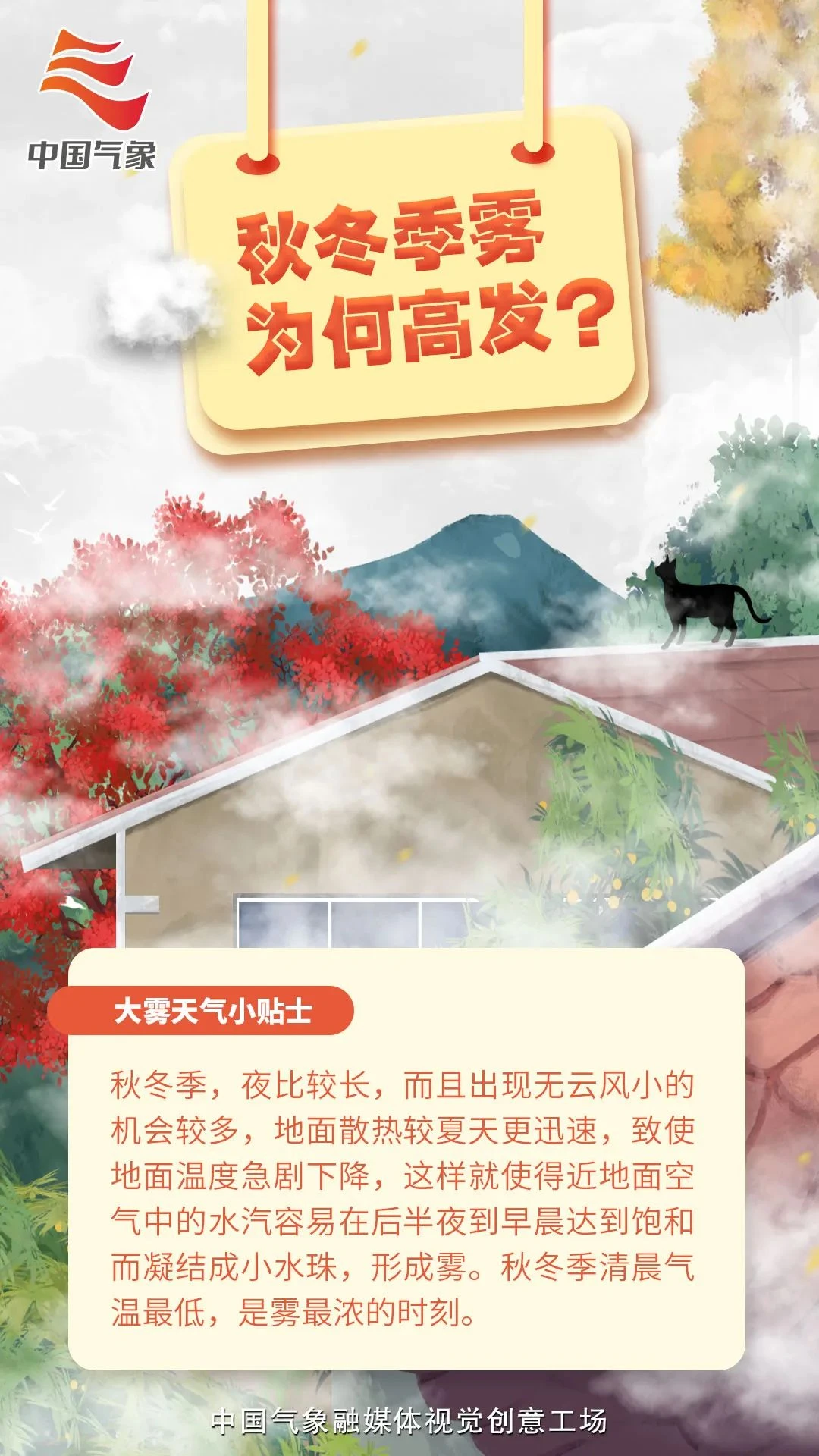

(From: China Meteorological Administration wechat public account)
 Next:China's independent research and development of weather unmanned boat for the first time to carry out long endurance sailing test! Realize the three-dimensional observation of sea clouds and fog
Next:China's independent research and development of weather unmanned boat for the first time to carry out long endurance sailing test! Realize the three-dimensional observation of sea clouds and fog




 WeChat
WeChat
 T1-11F, Herui Science and Technology Park, Binjiang District, Hangzhou City, Zhejiang Province
T1-11F, Herui Science and Technology Park, Binjiang District, Hangzhou City, Zhejiang Province